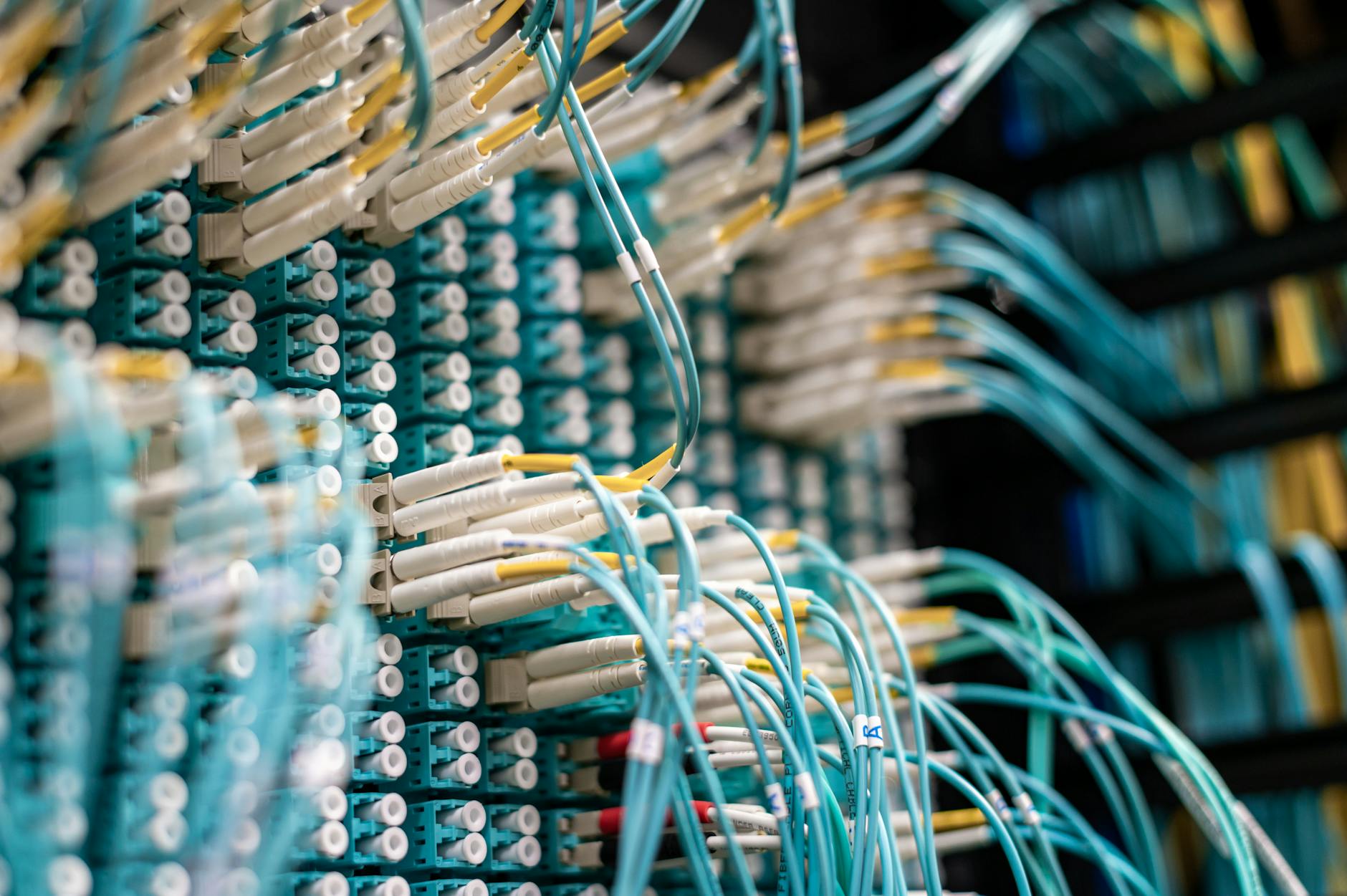TCP vs. UDP: Differences and Use Cases

Categories:
4 minute read
TCP (Transmission Control Protocol) and UDP (User Datagram Protocol) are two fundamental protocols used for data transmission over the Internet. Understanding their differences, advantages, and appropriate use cases is crucial for anyone involved in network technology or application development. This blog post will explore the characteristics of TCP and UDP, compare their functionalities, and provide examples of scenarios where each protocol is best suited.
Understanding TCP and UDP
What is TCP?
TCP is a connection-oriented protocol, meaning it establishes a connection between the sender and receiver before any data is transmitted. This connection setup involves a process known as a three-way handshake, which ensures that both parties are ready to communicate. The steps include:
SYN: The sender sends a synchronization request to the receiver.
SYN-ACK: The receiver acknowledges the request and sends back a synchronization acknowledgment.
ACK: The sender confirms the acknowledgment. Once this connection is established, TCP guarantees that data packets are delivered in order and without errors. If any packets are lost or corrupted during transmission, TCP will automatically retransmit them until they are received correctly. This reliability comes with some overhead, as TCP must manage error checking, flow control, and congestion control.
What is UDP?
In contrast, UDP is a connectionless protocol. It does not establish a dedicated end-to-end connection before sending data. Instead, it sends packets of data called datagrams without ensuring their delivery or order. This “fire-and-forget” approach means that UDP can transmit data much faster than TCP since it does not wait for acknowledgments or retransmissions.
UDP is ideal for applications where speed is critical and some data loss can be tolerated. For instance, in live video streaming or online gaming, losing a few packets may not significantly affect the overall experience.
Key Differences Between TCP and UDP
| Feature | TCP | UDP |
|---|---|---|
| **Connection Type** | Connection-oriented | Connectionless |
| **Reliability** | Guarantees delivery and order | No guarantee of delivery or order |
| **Error Checking** | Extensive error checking and correction | Minimal error checking |
| **Speed** | Slower due to overhead | Faster due to lower overhead |
| **Use Cases** | Web browsing, email, file transfers | Video streaming, online gaming, VoIP |
| **Packet Structure** | More complex header | Simpler header |
Reliability
TCP’s reliability stems from its acknowledgment system. Each packet sent must be acknowledged by the receiver; if an acknowledgment is not received within a certain timeframe, the packet is resent. This ensures that all data arrives intact and in the correct order.
UDP lacks this mechanism entirely. While this makes it faster, it also means that applications using UDP must implement their methods for handling lost packets if necessary.
Overhead
The overhead associated with TCP includes managing connections, maintaining state information about each session (such as sequence numbers), and handling retransmissions. This overhead can lead to increased latency compared to UDP.
UDP’s simplicity allows for lower overhead, making it suitable for applications that require quick transmission without the need for guaranteed delivery.
Latency
Latency refers to the time it takes for data to travel from source to destination. Because TCP requires acknowledgments and has built-in error checking, it generally has higher latency than UDP. In scenarios where timing is critical—such as real-time communications—UDP’s low latency gives it an advantage.
Use Cases for TCP
Given its characteristics, TCP is best suited for applications where reliability and accuracy are paramount:
Web Browsing: When loading web pages, users expect all elements (text, images) to load correctly and in order.
Email Transmission: Email protocols like SMTP rely on TCP to ensure that messages are sent without loss.
File Transfers: Protocols like FTP use TCP to guarantee complete file transfers.
Secure Transactions: Online banking and shopping require secure connections provided by TCP to protect sensitive information.
Use Cases for UDP
UDP shines in scenarios where speed is more critical than reliability:
Video Streaming: Services like Netflix use UDP for streaming video content because occasional packet loss does not significantly impact user experience.
Voice over IP (VoIP): Applications like Skype prioritize real-time communication over perfect accuracy; thus, they often use UDP.
Online Gaming: Many multiplayer games utilize UDP to ensure fast-paced interactions between players without delays caused by packet retransmissions.
DNS Queries: The Domain Name System often uses UDP because queries are small and can be resent easily if lost.
Conclusion
In summary, both TCP and UDP have unique strengths that make them suitable for different types of applications. TCP should be used when data integrity and order are critical, while UDP is preferable when speed is essential and some data loss can be tolerated.
Understanding these protocols’ differences allows developers and network engineers to choose the right one based on their specific needs—ensuring efficient communication across networks while optimizing performance based on application requirements.
As technology continues to evolve, so too will the applications of these protocols. Staying informed about their capabilities will help professionals make better decisions in designing systems that rely on robust networking solutions.
Citations: [1] https://www.linkedin.com/advice/3/what-some-common-use-cases-examples [2] https://www.twingate.com/blog/tcp-vs-udp [3] https://stackoverflow.com/questions/5330277/what-are-examples-of-tcp-and-udp-in-real-life [4] https://www.avast.com/c-tcp-vs-udp-difference [5] https://ostinato.org/blog/tcp-vs-udp-understanding-differences-and-use-cases [6] https://www.spiceworks.com/tech/networking/articles/tcp-vs-udp/ [7] https://www.geeksforgeeks.org/differences-between-tcp-and-udp/ [8] https://www.digitalsamba.com/blog/tcp-and-udp-protocols
Feedback
Was this page helpful?
Glad to hear it! Please tell us how we can improve.
Sorry to hear that. Please tell us how we can improve.